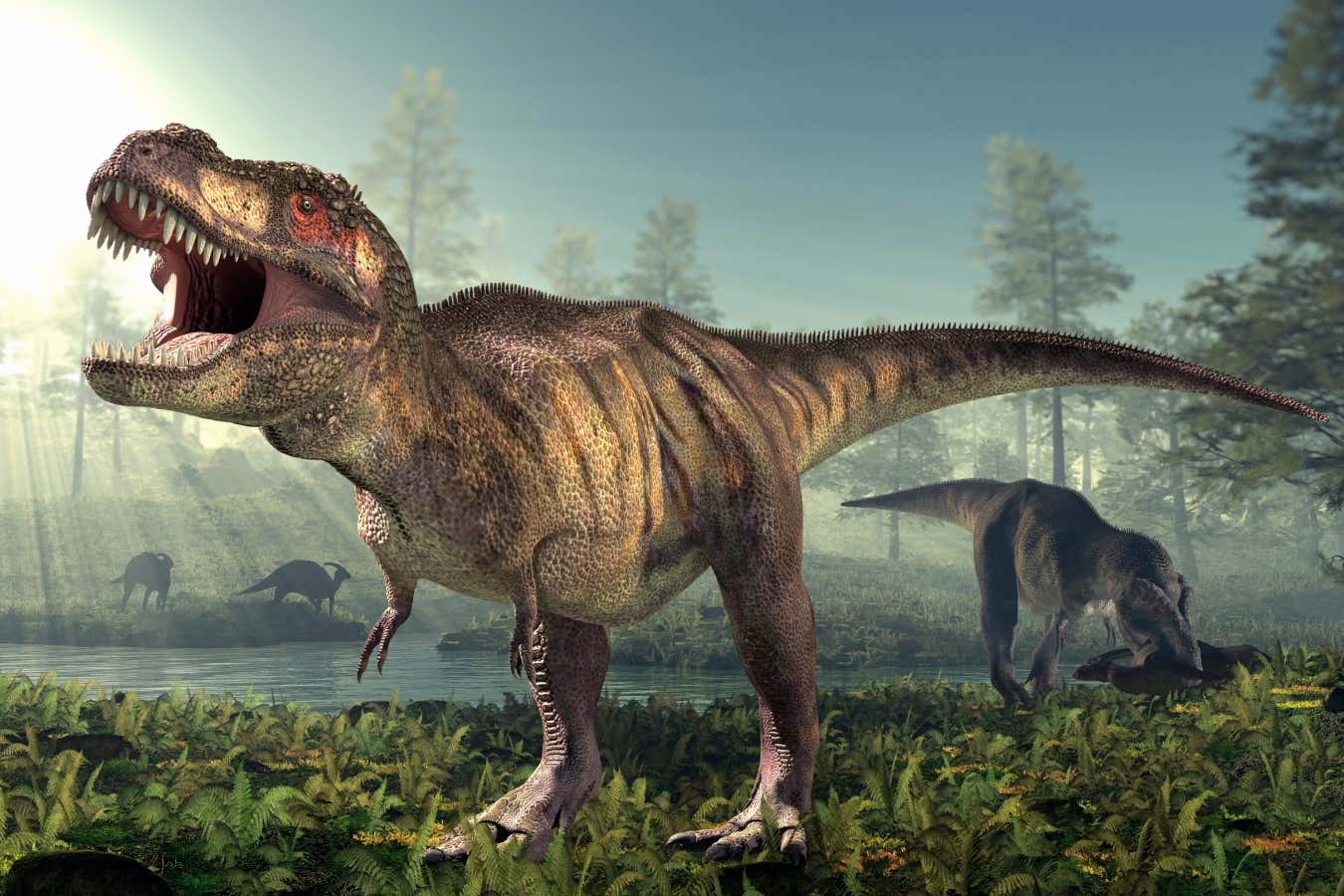Now Reading: Fossil Study Unveils Dinosaur Skulls Built for Bone-Crushing Bites
1
-
01
Fossil Study Unveils Dinosaur Skulls Built for Bone-Crushing Bites
Fossil Study Unveils Dinosaur Skulls Built for Bone-Crushing Bites

Quick Summary
- Research by Andre Rowe and emily Rayfield from the University of Bristol analyzed skulls of 18 theropod species, including T. Rex, Giganotosaurus, and Spinosaurus.
- Theropods exhibited diverse feeding strategies:
– Giganotosaurus: Serrated teeth suited for slicing flesh,likened to a great white shark and Komodo dragon.
– Spinosaurus: Adapted for semi-aquatic life with crocodile-like teeth ideal for consuming large fish.
– Tyrannosaurus rex: Shorter, thicker skull capable of “bone-crunching” bites, stressing its own skulls during predation.
- Researchers used methods from engineering stress modeling to simulate bite mechanics via muscle attachment studies on dinosaur skulls compared to modern-day birds and crocodiles.
- Findings reveal variations in bite force among theropods based on evolutionary differences and ecological niches. For example, competitive hunting conditions in the Late Cretaceous may have shaped unique feeding strategies observed in T. Rex.
!Illustration of Tyrannosaurus rex
Caption: Illustration of Tyrannosaurus rex (Credit: Roger Harris/Getty Images/Science Photo Library)
Stay Informed With the Latest & Most Important News
Previous Post
Next Post
Loading Next Post...

























